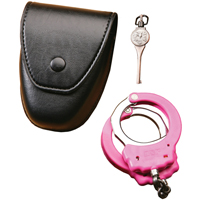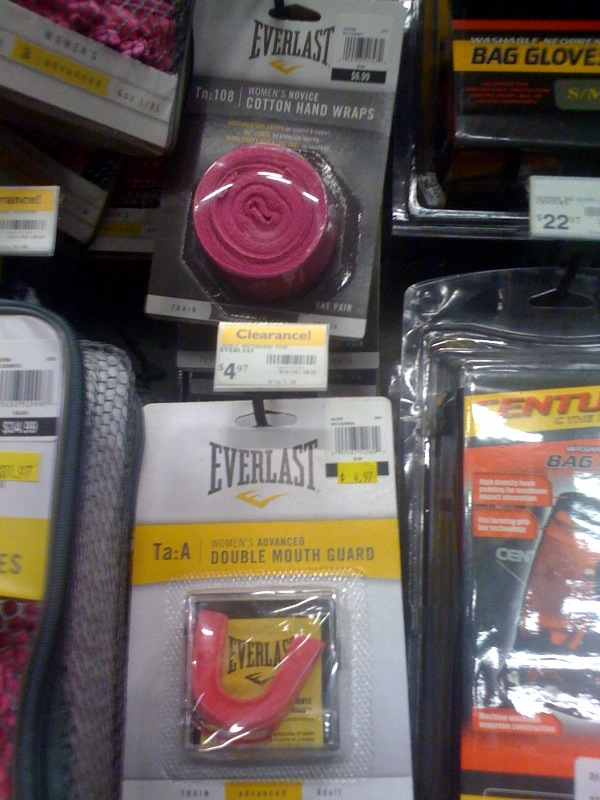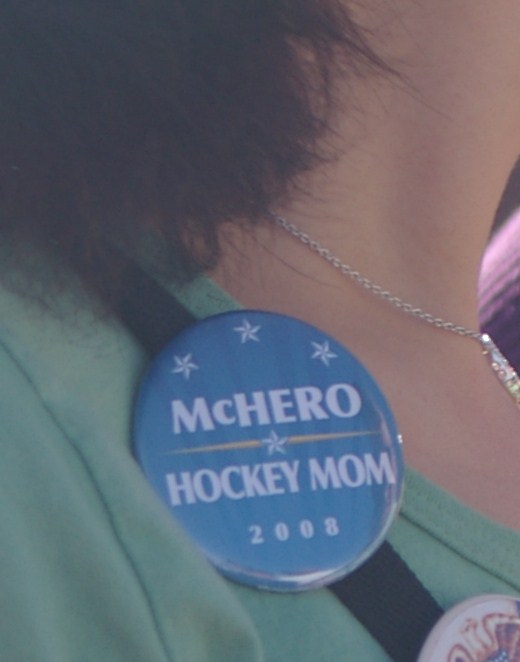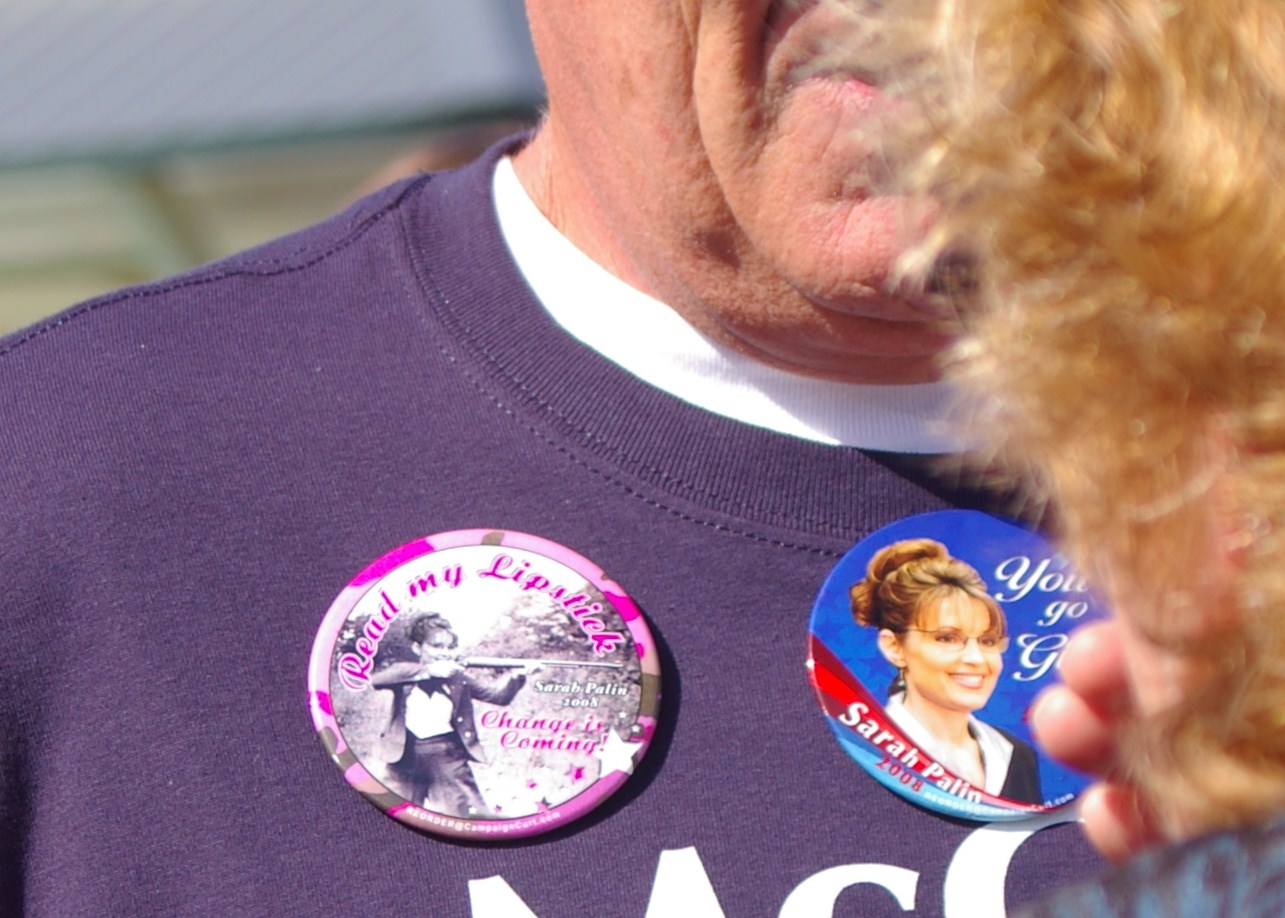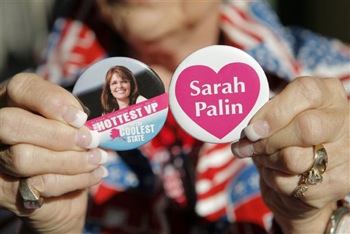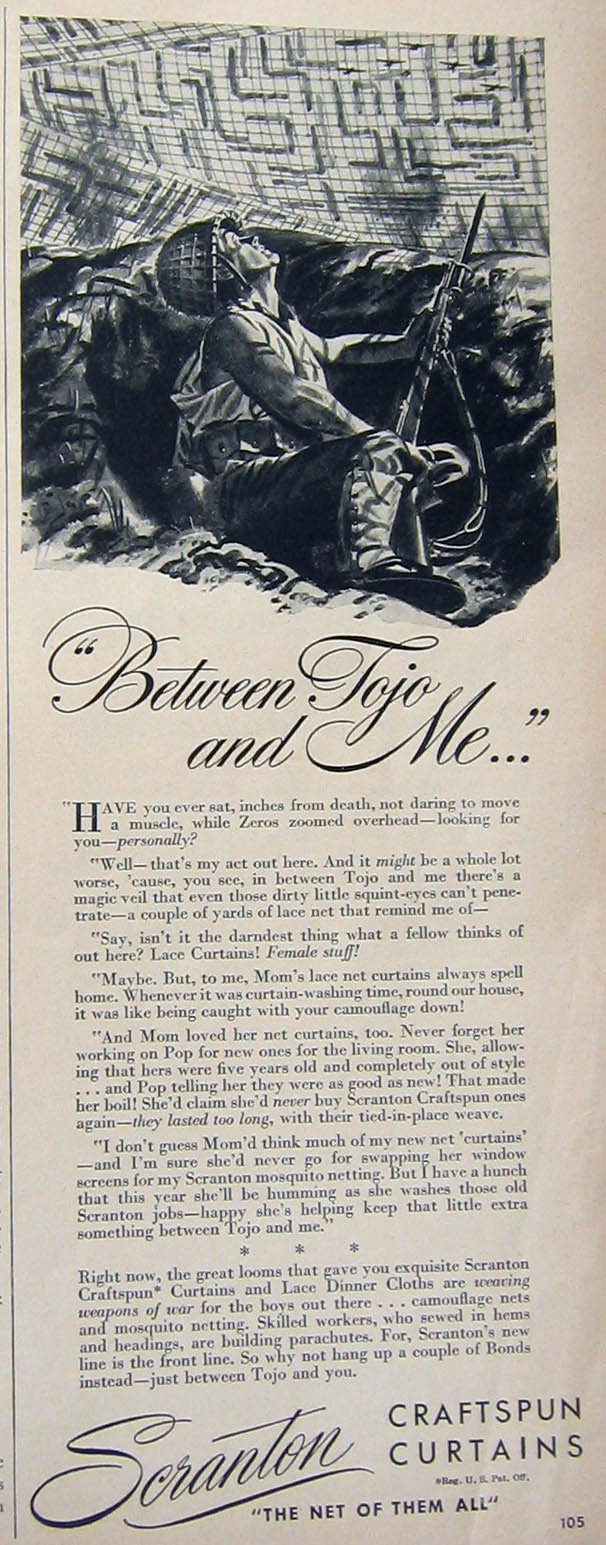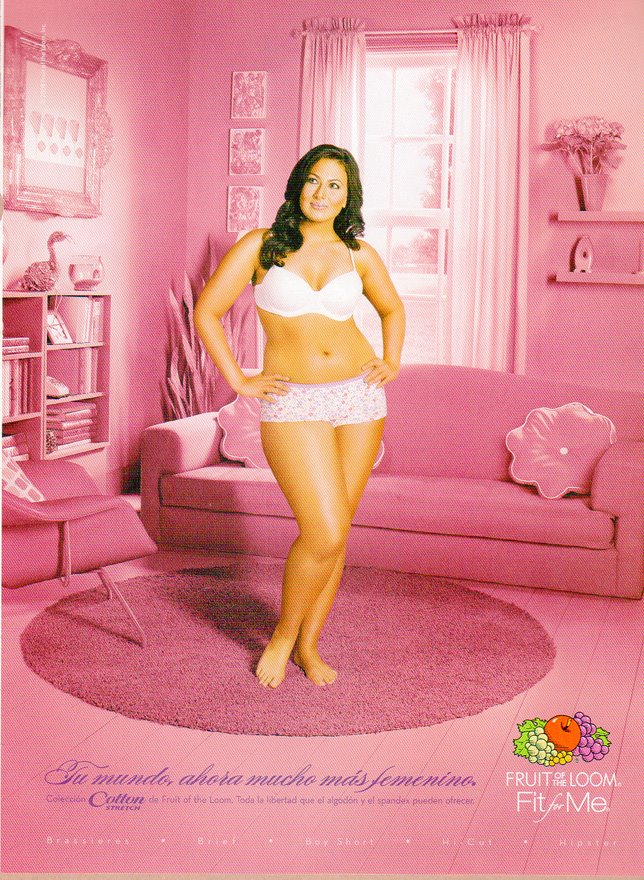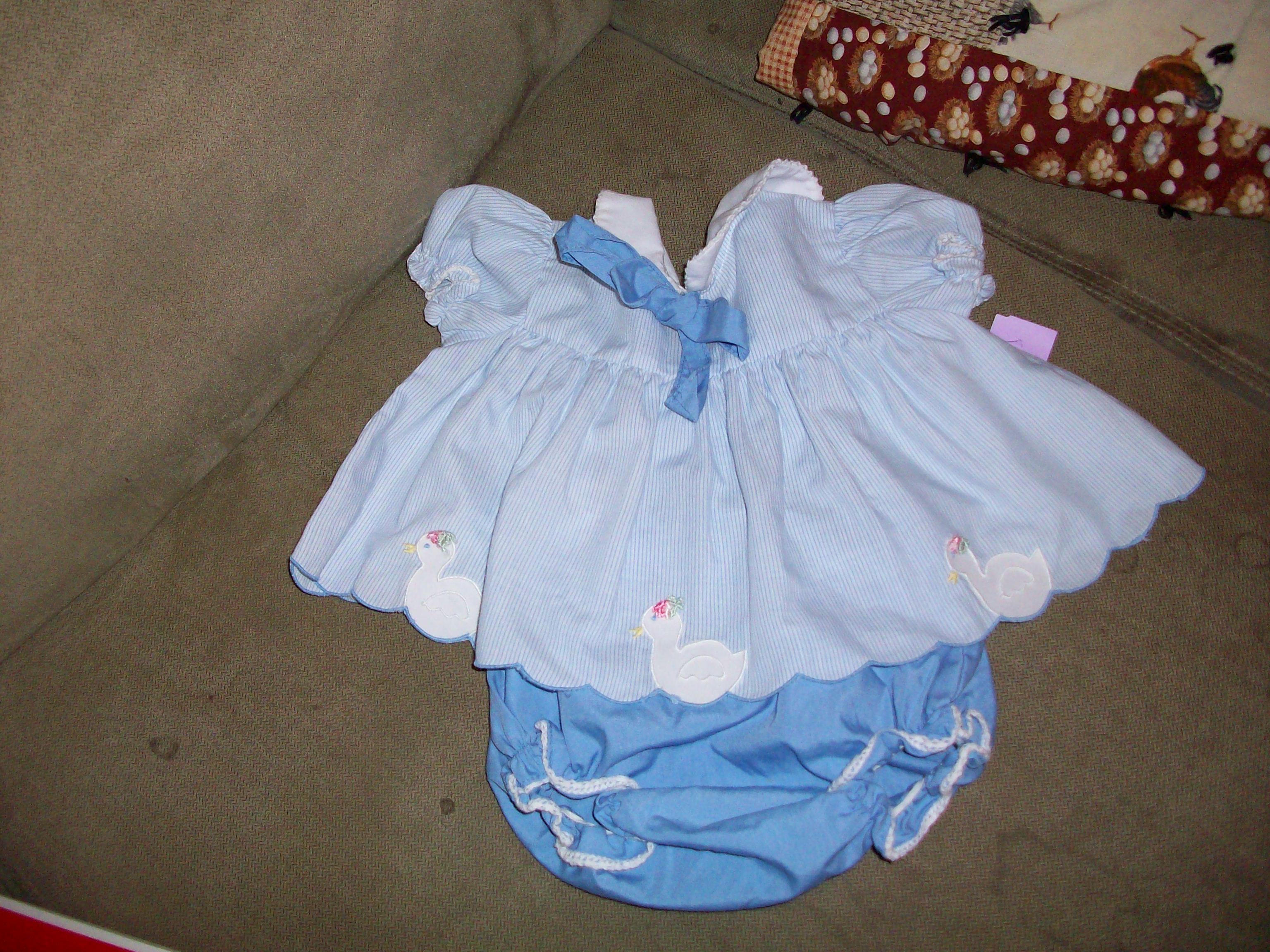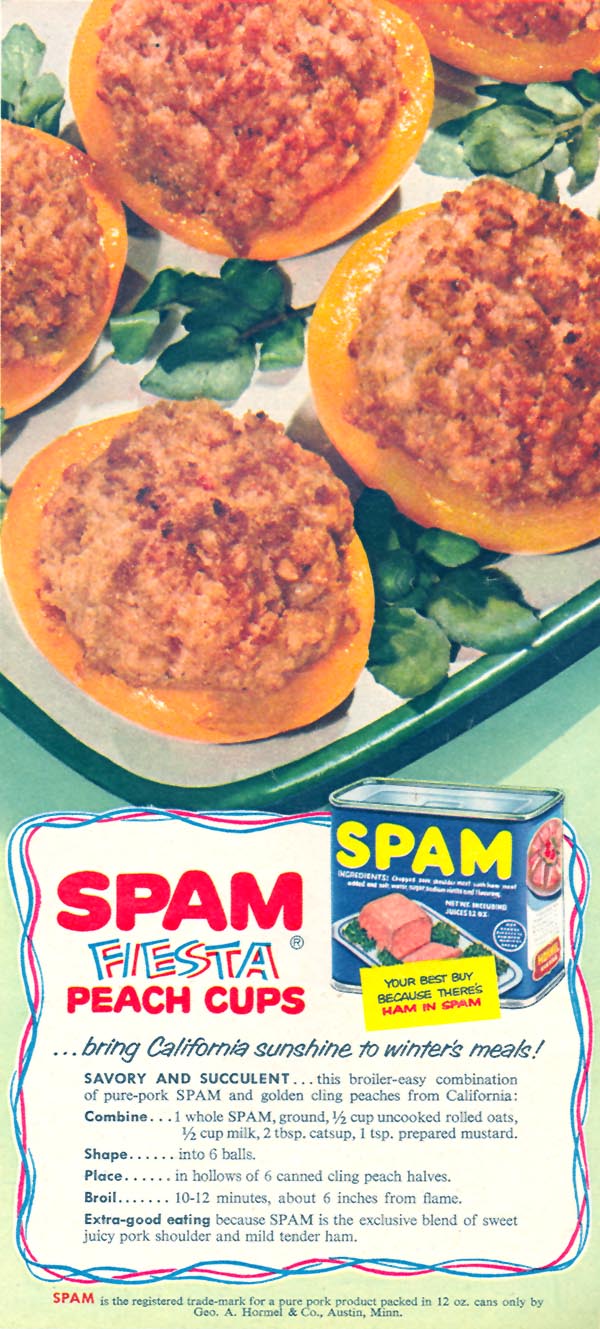
I can safely say that most readers of this blog probably think that broiled Spam + canned peaches looks and sounds unappetizing. But this is only one of many creative food combinations that appeared in advertisers’ recipes and cookbooks during the 1950s and 1960s. Here’s another:
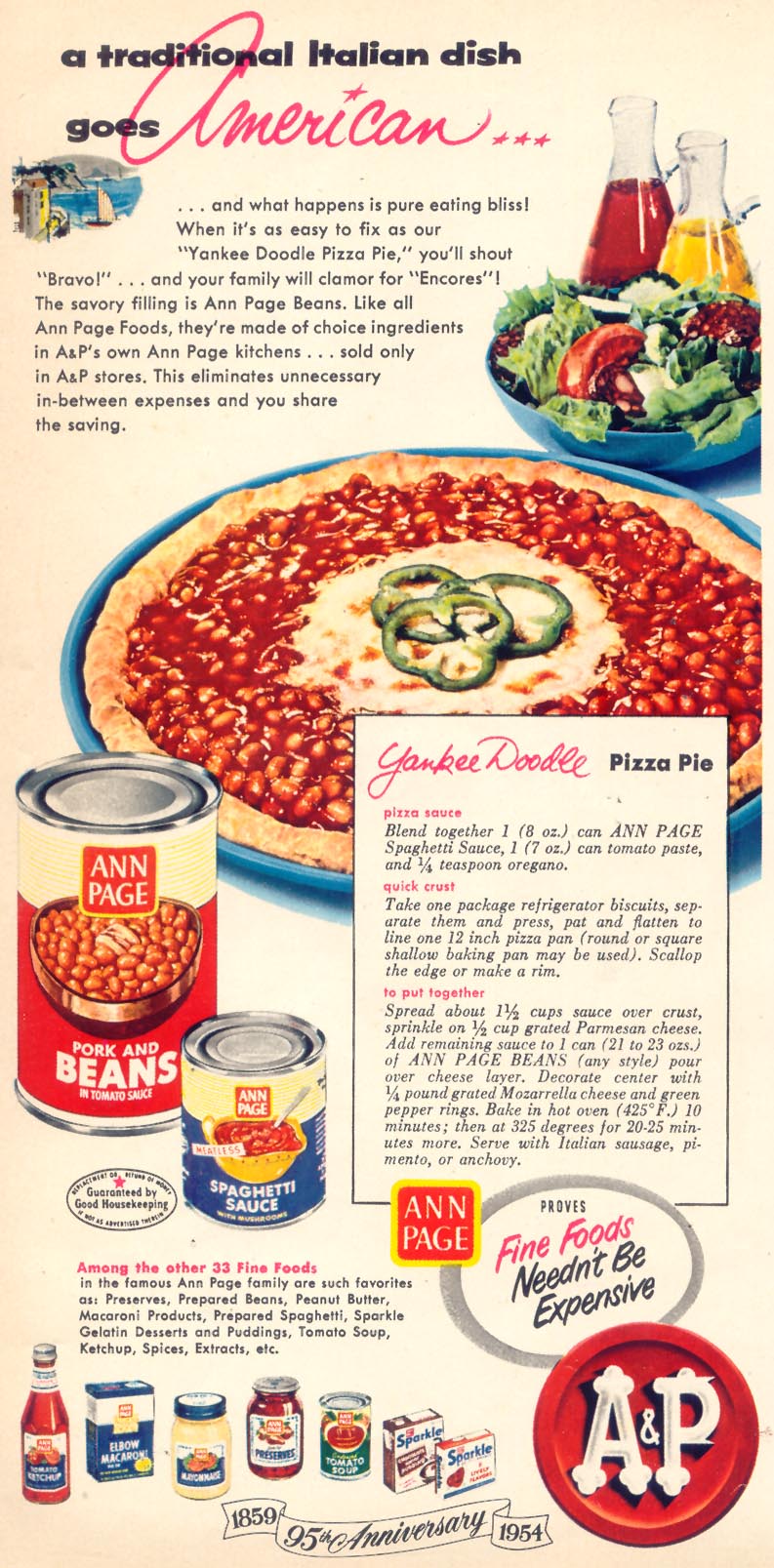
Why, yes, those are baked beans on pizza.
While there are plenty of interesting angles on these old recipes, from their use of color to their emphasis on saving money, I’d like to bring up the way that modern writers treat recipes from this period. James Lileks, for example, has an entire site, The Gallery of Regrettable Foods, which eventually spawned a book covering much of the same material.
As the index page to The Gallery of Regrettable Foods says,
What were they thinking? How did they eat this bilge? Good questions, but you won’t find them answered here. This is a simple introduction to poorly photographed foodstuffs and horrid recipes. It’s a wonder anyone in the 40s, 50s and 60s gained any weight; it’s a miracle that people didn’t put down their issue of Life magazine with a slight queasy list to their gut, and decide to sup on a nice bowl of shredded wheat and nothing else.
This [admittedly funny] type of snarky commentary has inspired other Web sites, such as Wendy McClure’s mockery of 1970s Weight Watchers recipe cards. The vintage_recipes community on LiveJournal frequently contains less formal versions of the snark.
Such modern commentary erases much of the historical significance and interest of these recipes. The radio program Engines of Our Ingenuity recently commented on the cookbook in episode 2403, with a special focus on recipes such as those shown above. As the transcript of episode 2403 suggests, many of these recipes relied on canned, gelled or prepared foods, highlighting both the Atomic Age’s fascination with technologically advanced cookery. But the mockery is way more popular these days.
These images could be used in a discussion about how “retro” images are regularly reappropriated as “cool” with little regard for their historical context.




